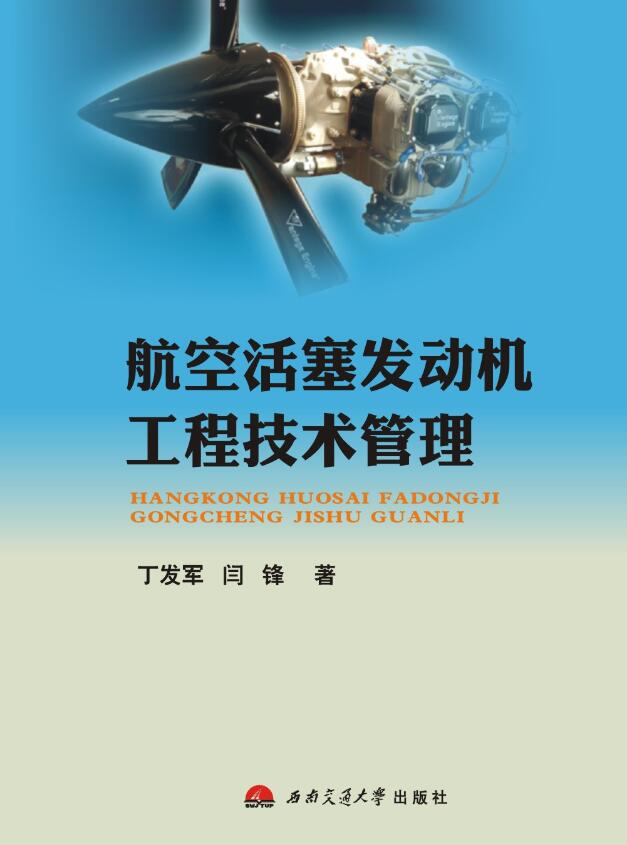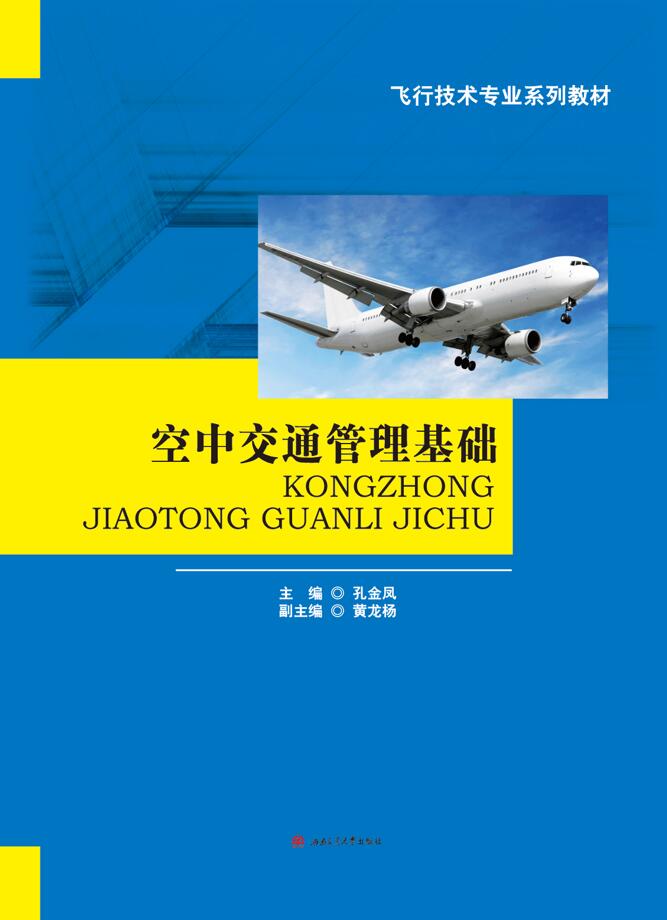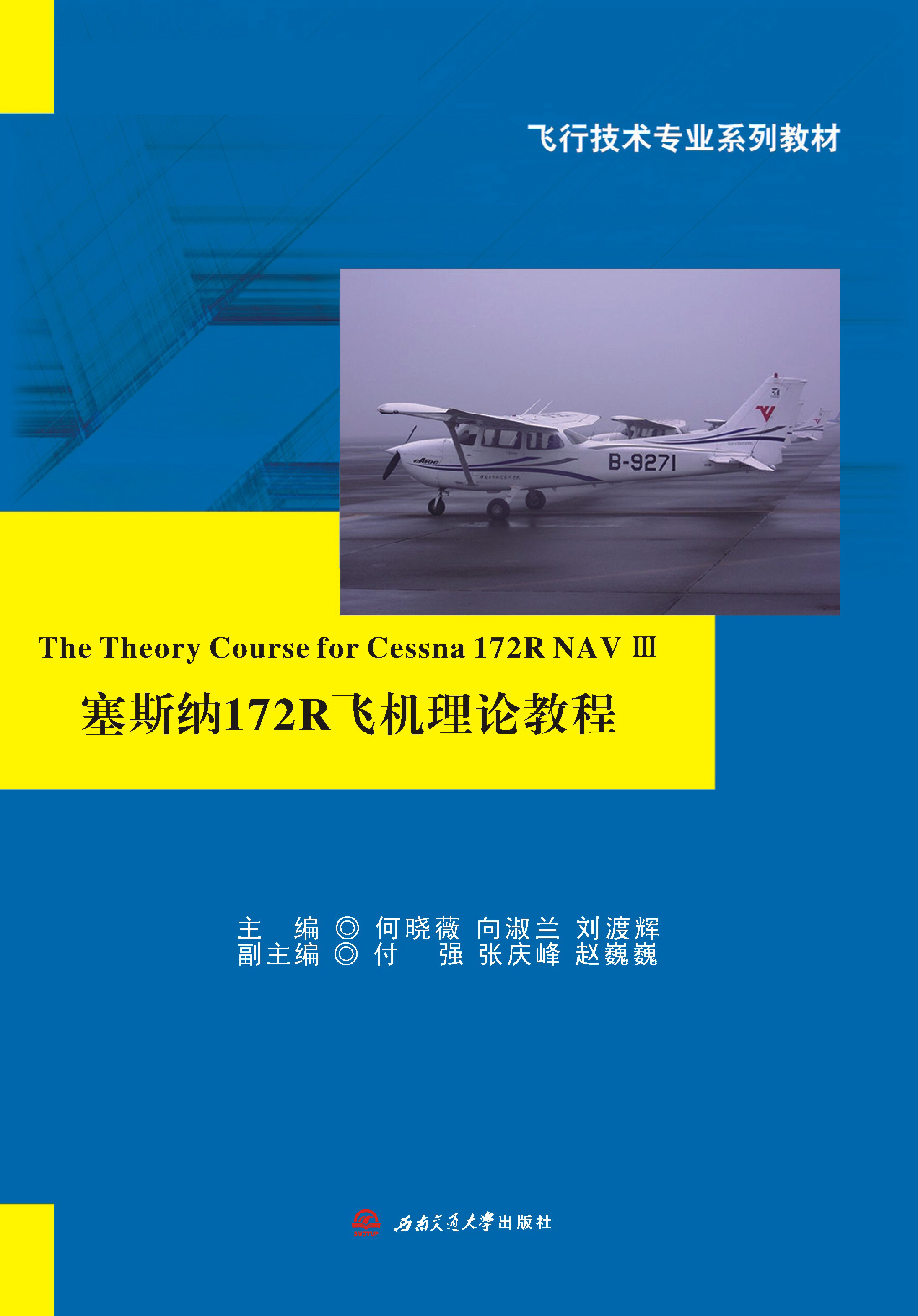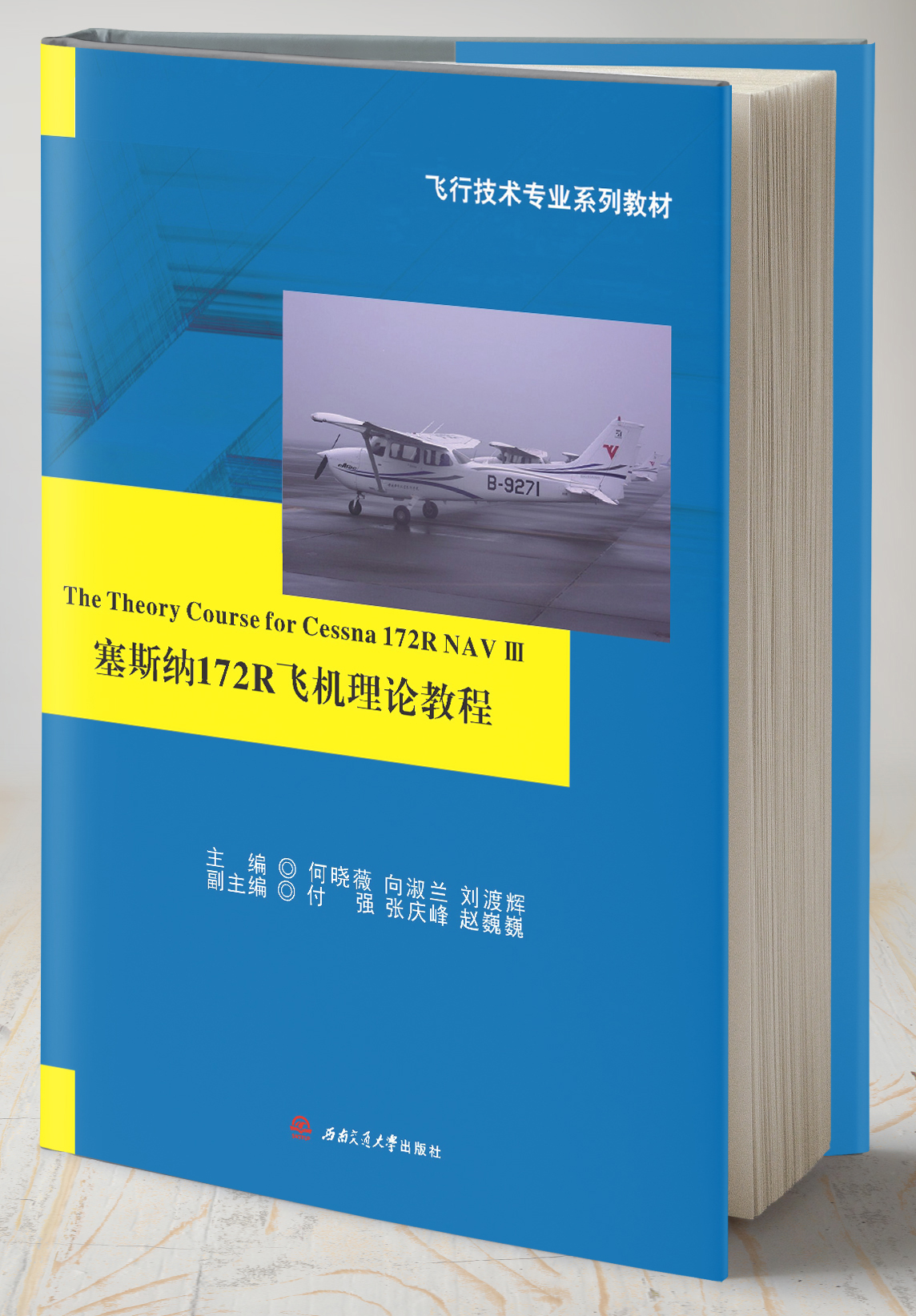-
 飞机系统
飞机系统作者:龙江 周斌 庞杰
本书共分11章,主要介绍了现代民用飞机结构、液压系统、飞行操纵系统、起落架系统、飞机燃油系统、气源系统、座舱环境控制系统、氧气系统、防火系统、飞机除/防冰与风挡排雨系统的基础知识。该书可作为民航高等院校飞行技术专业方向的教材,也可作为相关专业方向学生和航空器驾驶人员的学习参考资料。
-
 航空活塞发动机工程技术管理
航空活塞发动机工程技术管理作者:丁发军, 闫锋, 著
以航空活塞发动机全寿命期内的安全性提高、故障率和维修成本降低为目标,系统介绍和分析全寿命期内航空活塞发动机的技术管理理论,重点研究航空活塞发动机的健康监控技术,监控评估和预测技术,航空活塞发动机的送修决策理论,航空活塞发动机的维修关键风险控制等,解决航空活塞发动机的使用、维修管理缺乏系统性理论指导的问题。
-
 空中交通管理基础
空中交通管理基础作者:孔金凤
空中交通管理是航空宇航科学、交通运输科学、信息科学、控制科学、管理科学等多学科的综合交叉应用,包括空中交通服务、空域管理和空中交通流量管理三部分,其任务是有效地维护和促进空中交通安全,维护空中交通秩序,保障空中交通畅通。
本书为飞行员培养系列教材之一,以《航线运输驾驶员执照理论考试大纲(飞机)》(DOC No.FS-ATS-004AR1)、《私用驾驶员执照理论考试大纲(飞机)》(DOC No.FS-ATS-001A)、《商用驾驶员执照理论考试大纲(飞机)》《商用驾驶员执照理论考试(飞机)知识点》《仪表等级理论考试大纲(飞机)》《仪表等级理论考试(飞机)知识点》《民用航空器驾驶员执照理论考试点要求》(AC-61-14)等规章、标准、规范性文件为依据,以飞行实施过程为主线,在完全涵盖上述大纲、知识点的基础上,从知识的系统性、完整性角度搭建本书的章节架构。
本书知识面广,信息量大,内容全面,结构新颖,深入浅出,图文并茂,通俗易懂,注重理论与实践相结合,能满足飞行员培养在空中交通管理方面的教学目标和要求,既可以作为飞行技术专业的专业教材,也可作为其他民航专业的辅助教学用书。
本书由孔金凤主编,由黄龙杨担任副主编。参编人员有潘卫军、康瑞、廖勇、袁江、郑力维等。全书共分为11章。第1章概述介绍空中交通管理的内容;第2章介绍空中交通管理机构、人员及设施;第3章为空域管理,介绍空域的概念、分类、划分及使用与管理等内容;第4章为航空器和飞行高度层,介绍航空器的分类、气压高度、高度层的配备和飞行分类等内容;第5章为飞行规则,介绍目视飞行规则和仪表飞行规则相关内容;第6章为空中交通服务通信,介绍航空通信系统、领航计划报和无线电陆空通话等内容;第7章为飞行组织与实施,介绍民航飞行计划、飞行服务中心工作内容、航班正常统计和通用航空等内容;第8章为机场管制,介绍机场管制塔台职能,管制范围和地面管制、起飞管制、着陆管制、起落航线管制以及特殊情况下的管制等内容;第9章为程序管制服务,介绍程序管制服务的概念、间隔和进近管制、区调管制等相关内容;第10章为空中交通监视服务,介绍雷达管制间隔、程序和特情处置等内容;第11章为空中交通流量管理,介绍流量管理的方法与措施。
在本书的编写过程中,民航局空中交通管理局、中国民用航空飞行学院、空中交通管理学院各级领导、单位给予了大力支持和帮助,并提出了很好的建议,在此一并表示感谢!
由于空中交通管理知识点多,涉及面广,知识更新速度快,加之编写时间仓促,编者水平有限,书中难免存在疏漏、不足之处,恳请读者批评指正。
图书分类
Book classification- 塞斯纳172型飞机由美国塞斯纳飞机公司生产,主要用于飞行训练教学和私人飞行。本书在编写过程中注重吸收国内外同类教材的优点,以飞行技术专业学生必须掌握的机型理论知识为主线,突出各系统理论、原理及使用,并将飞行中的正常操作程序和故障处理方法融入其中。本书主要讲述塞斯纳172R飞机的结构系统、发动机、电气系统、仪表及G1000系统、飞行性能、飞机飞行程序等内容。注重知识的系统性,力求做到文字通俗易懂、图...查看更多
- preface
Cessna 172 airplanes are manufactured by Cessna Aircraft Company in USA. This book helps readers get mu...查看更多
-
contents
Chapter 1 Aircraft Structure and Systems 1
1.1 Aircraft General 1
1.2 Aircraft&nbs...查看更多 - 何晓薇,中国民航飞行学院教务处副处长,主要从事航空电子、通信和导航等方面的教学和科研工作。主持参与多项中国民航局科研项目。在省部级以上学术刊物上发表学术论文40余篇,主(参)编教材6部。





